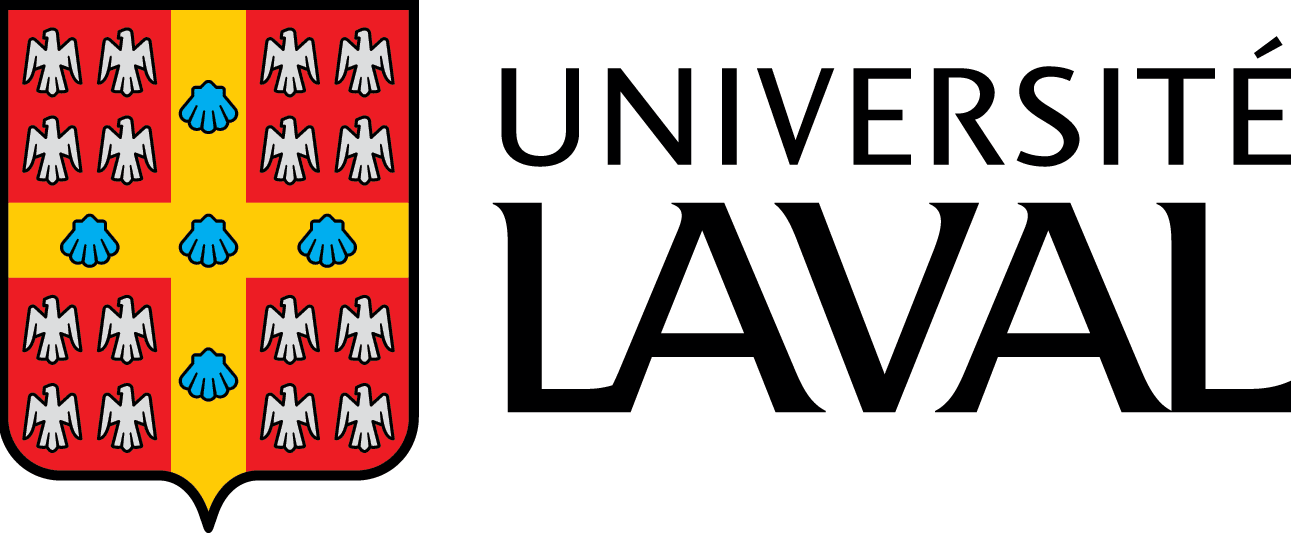FRANÇOIS OLIVIER HÉBERT
BIOLOGIST


Current Ph
Host behavioural manipulation by a parasite


Parasites from numerous distinct phyla have thrived for the past 500 million years by defrauding and evading elaborate defense mechanisms deployed by their hosts, giving birth to intricate co-evolutionary systems. Recent studies suggest that parasites can be 20 times more numerous than predators in certain systems, which has a tremendous impact on all trophic levels all around the world. The numerous effects that parasites have on their hosts are multidimensional and they involve, among others, alteration of host’s physical condition, growth rate, morphology and even more strikingly, behaviour. One of the most spectacular instances of behavioral manipulation by a parasite is the infection of a grasshopper by a nematomorph hairworm. The parasite grows from a microscopic cyst to a huge worm and once it reaches maturity, it makes its host commit suicide by jumping into water in order to complete its lifecycle.
As fascinating as it can be, very little is known on how this manipulation takes place at the molecular level, despite the description of dozens of such examples in the literature. A good model to study such host manipulation by a parasite is the infection of the three-spined stickleback by the cestode Schistocephalus solidus, a species with a complex lifecycle involving two intermediate hosts. When the parasite precisely reaches maturity, it zombifies its host in a way that it looses its anti-predator response and voluntarily gets eaten by the next host. Very little is known on how these species communicate, for instance, which specific pathways are exploited or high-jacked by the parasite. In order to understand how the manipulation occurs, we want to identify what type of signal is sent by the parasite to the host and how it is achieved. This project adopts a holistic view of host-parasite interactions by integrating in a synergistic fashion various levels of biological organization, which will contribute in refining our knowledge on the proximate and ultimate mechanisms underlying host behavioural manipulation by parasites.
POSTGRADUATE STUDIES

Master's thesis
Ecological divergence in post-glacial fishes



Latest technological developments in evolutionary biology bring new challenges in documenting the intricate genetic architecture of species in the process of divergence. Sympatric populations of lake whitefish represent one of the key systems to investigate this issue. Despite the value of random genotype-by-sequencing methods and decreasing cost of sequencing technologies, it remains challenging to investigate variation in coding regions, especially in the case of recently duplicated genomes as in salmonids, as this greatly complicates whole genome. We thus designed a sequence capture array targeting 2,773 annotated genes to document the nature and the extent of genomic divergence between sympatric dwarf and normal whitefish. Among the 2,728 genes successfully captured, a total of 2,182 coding and 10,415 non-coding putative SNPs were identified after applying a first set of basic filters. A genome scan with a quality-refined selection of 2,203 SNPs identified 267 outlier SNPs in 210 candidate genes located in genomic regions potentially involved in whitefish divergence and reproductive isolation. We found highly heterogeneous Fst estimates among SNP loci. There was an overall low level of coding polymorphism, with a predominance of non-coding mutations among outliers. The heterogeneous patterns of divergence among loci confirm the porous nature of genomes during speciation with gene flow. Considering that few protein-coding mutations were identified as highly divergent, our results, along with previous transcriptomic studies, imply that changes in regulatory regions most likely had a greater role in the process of whitefish population divergence than protein coding mutations. This study is the first to demonstrate the efficiency of large scale targeted re-sequencing for a non-model species with such a large and un-sequenced genome.